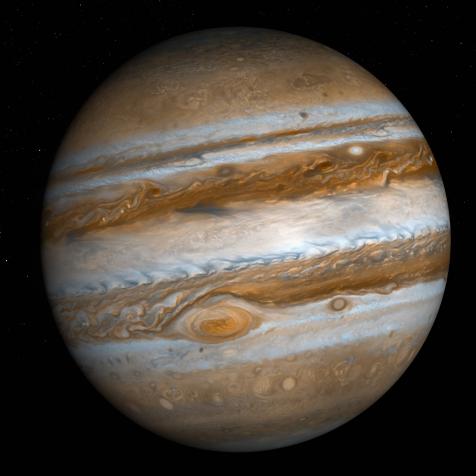
Martin Deja
Watch Out! Meteorite Crashes Into a Woman's Bed

Insert “Did you feel the Earth move?” joke here.
What weighs 2.3 pounds, is made of rocks, and plummets into your bed from outer space? Oh, it’s not a riddle; it’s just a meteorite.
On the night of October 3, Ruth Hamilton, a resident of Golden, British Columbia, stirred in her sleep and rolled over. A moment later she awoke from the sound of a large bang. She turned back over and found a literal rock from space lying in her pillow, right where her head had been.
"You're sound asleep, safe, you think, in your bed, and you can get taken out by a meteorite, apparently," Hamilton told the Canadian Broadcasting Company.
Well, yeah, that’s about the long and short of it. There are tons of material flying all throughout the solar system, bits of rock left over from the formation of planets. These are the meteoroids. Some are loose and rocky, while others are dense with heavier metals.
The vast, vast majority of these meteoroids are harmless, spending their lives millions of miles away from the Earth. However, some end up in Earth-crossing trajectories.
And when they come in, they come in hot.
A typical meteoroid has a speed of at least 20,000 miles per hour. Thankfully, they’re usually small. The bulk of all meteoroids are no bigger than a grain of sand. When those strike our atmosphere, the intense pressure caused by them plowing through our air generates a plasma, resulting in a visible, bright streak: a meteor.

Walter Geiersperger
Most meteoroids don't make it past our atmosphere.
The word “meteor” comes from the Greek word for “lofty”, a general term for anything happening in the sky. It wasn’t until the 1800’s that astronomers were able to conclusively prove that meteors come from space and aren’t generated inside our atmosphere, but by then it was too late and the name stuck.
During this process of thrilling atmospheric entry, a typical meteor will shed most of its mass, and likely won’t make it to the surface at all. That said, every year a few thousand make it all the way down here intact, where they get a new name: meteorite.
Of course, most of those hit the open ocean, where only the fish notice. Still more land in the desert or mountains or other places where people generally don’t hang around.
And some make it in bed next to you.
For the record, while Ms. Hamilton has plans to send the meteorite to scientists at the Department of Physics and Astronomy at Western University in London, Ontario, for analysis, she does want it back when they’re done.
Learn More about the Universe
Journey Through the Cosmos in an All-New Season of How the Universe Works
The new season is available on Science Channel and streams on discovery+.




















